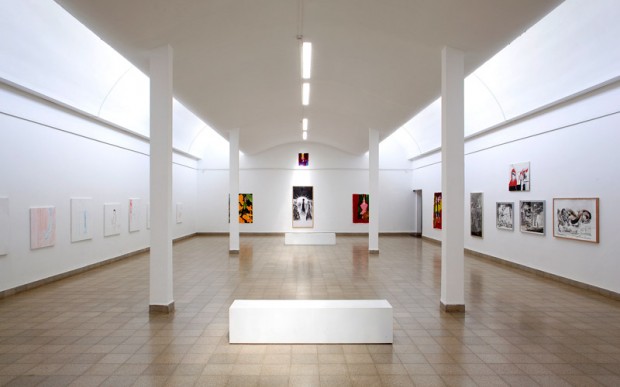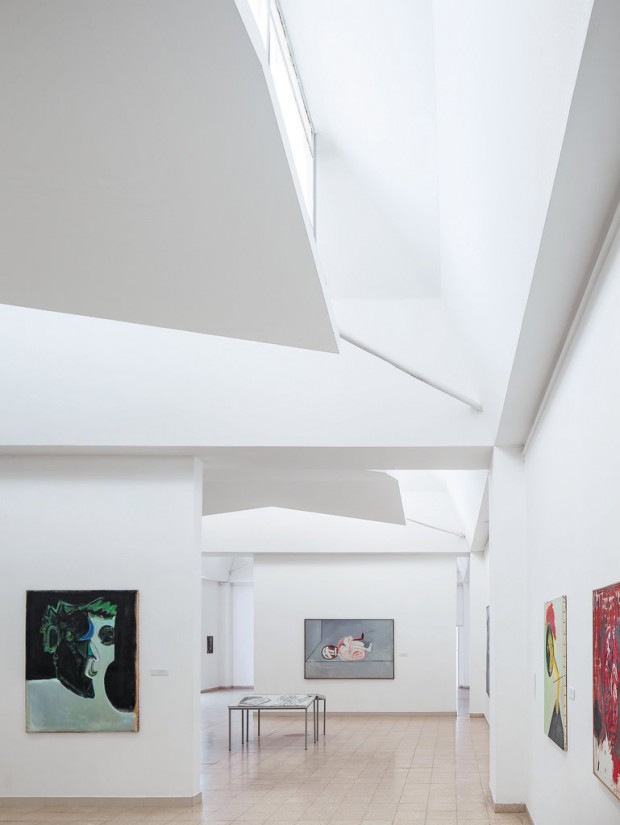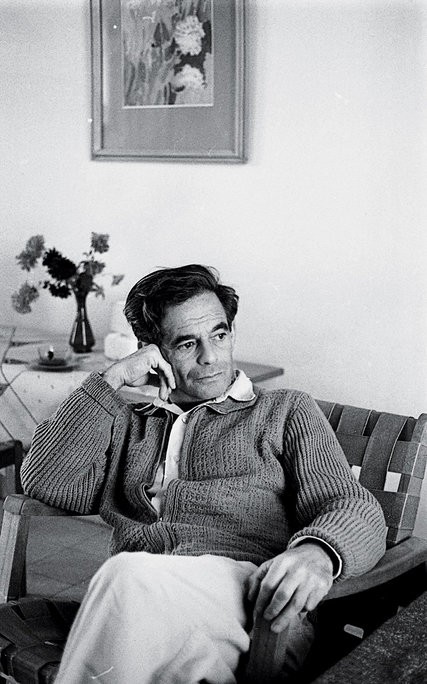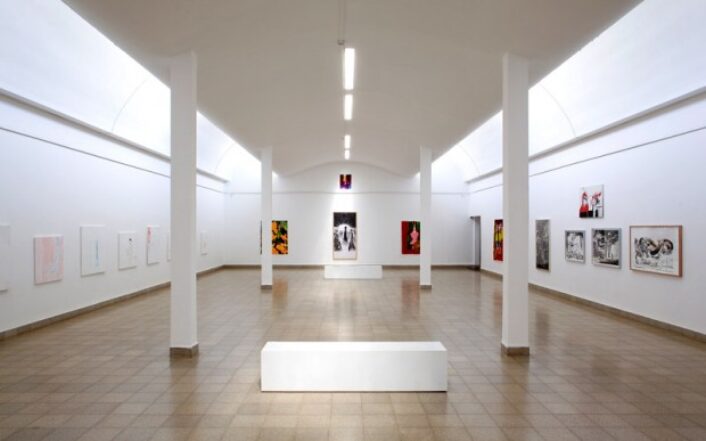Ein Harod was a communal settlement founded in 1921 by Jewish emigres who fled the persecution in Eastern Europe and the Orthodox way of life. Rootless, they built their kibbutz with only an abstract vision to guide them. As lonely as these inhabitants were, they were inspired to find solace and peace through art moreso than through religion.
Mishkan Le’Omanut (“Building for Art”) was established in 1937; initially in a 3-room wooden shed it was soon thereafter a building that would yield inspiration to many of the 20th century’s most prominent architects. In 1948, the museum was inaugurated, and its amazing use of natural light was so profound that prominent architects from around the world came to take notice of the manipulation of natural light. Renzo Piano, for one, was deeply moved by the use of cool and constant northern light so often favored by artists for their studios.
The museum’s architect was Samuel Bickels, whose vision was to design a structure where” form would follow function”. It was a place where the kibbutzniks could be free of the rigidity of their daily routines… in essence, to escape reality.
Painted only in white (initially in order to conserve resources), the blank canvas ideally displays the artwork and allows for the sunlight to filter in unobstructed. But beyond the magnificent “exhibition” of natural light, the notion that even people in despondent situations need to have beauty surrounding them is what’s ultimately most important.

A gallery at Mishkan Le’ Omanut showcasing natural light filtering through. The white colored walls and stark surroundings allow for compete immersion and zero distractions for the visitors.
Image courtesy of: WikiMedia Commons

The break between wall and ceiling is where the natural light is allowed to shine through.
Image courtesy of: The New York Times, photographed by: Amit Geron

Samuel Bickels was the museum’s architect. A kibbutznik from a neighboring kibbutz, he had studied architecture in his native Poland and had Bauhaus’ vision of a “total work of art”.
Image courtesy of: The New York Times (from Mishkan Le’Omanut, Ein Harod)
